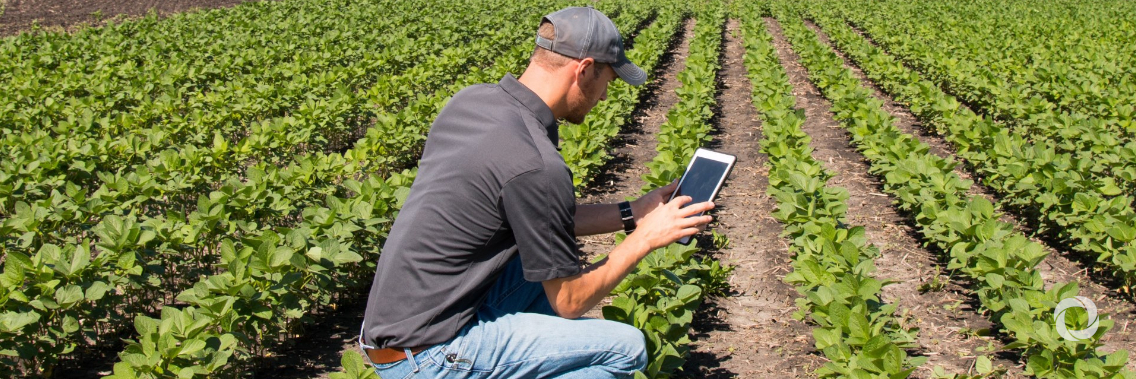Earth observation and crop monitoring on a massive scale are neither easy nor inexpensive exercises, but both are necessary for proper food security planning. Yet, many developing countries simply don’t have access to the required tools, either due to technology deficits or costs.
China aims to help bridge this technology gap by offering developing countries access to its earth observation satellite system for crop monitoring, CropWatch, in partnership with United Nations Commission on Science and Technology for Development (CSTD), under the secretariat of UNCTAD.
CropWatch is a system that uses satellite data to monitor crop conditions and integrates this with other climate-related data on drought, pest and disease for better farm management.
“In a time of crisis, satellite technology can support critical decision-making and help countries shore up their food security,” said Ms. Shamika Sirimanne, CSTD secretariat head and UNCTAD technology and logistics director.
The severe locust swarms in East Africa and the Horn of Africa earlier this year, and disruptions to normal farming and the food supply chain caused by stalled trade due to the COVID-19 crisis, are two examples where better access to technology could have helped.
The Chinese government are seeking to close this gap through a new three-way partnership between the Chinese Academy of Sciences (CAS), the Alliance of International Science Organizations (ANSO), and CSTD.
Under the new partnership, developing countries that need CropWatch can access the technology directly and use it for earth observation and food security purposes.
Countries will be trained on the system, its underlying techniques, as well as options for customization and localization.
Original source: UNCTAD
Published on 11 June 2020

